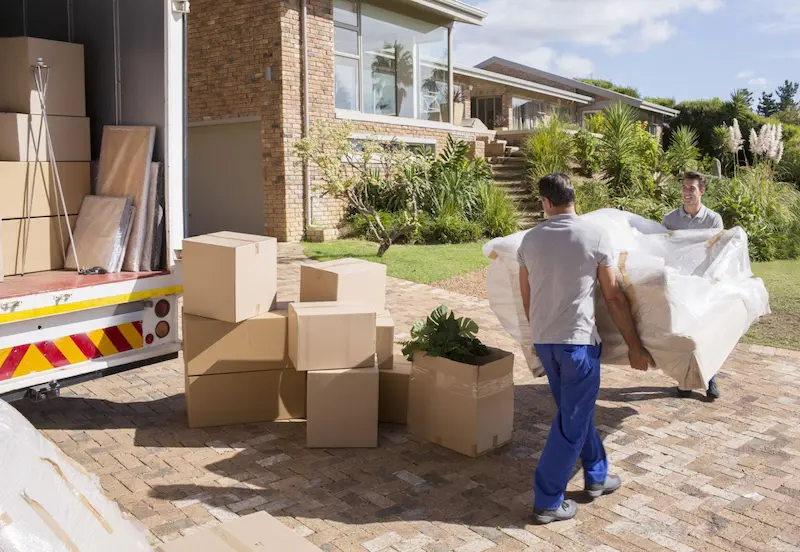Moving to a new home can be an exciting adventure, but the process of packing can often be overwhelming. From fragile items to awkwardly shaped belongings, ensuring everything arrives at your new destination intact requires careful planning and strategic packing. To make your moving experience smoother and more efficient, here are the top 10 packing Tips to help you master the art of stress-free packing.
1. Start Early and Create a Plan
One of the most effective packing Tips is to start early. Procrastination can lead to chaos and stress, so begin the packing process well in advance of your moving day. Create a detailed plan that includes a packing timeline, prioritizing items based on their frequency of use and importance. Having a systematic approach will not only save time but also make the entire process more manageable.
2. Declutter Before You Pack
Moving provides the perfect opportunity to declutter and rid yourself of items you no longer need or use. Before you start packing, go through your belongings and separate items into categories: keep, donate, and discard. This not only reduces the number of items you need to pack but also ensures a fresh start in your new home with only the essentials.
3. Invest in Quality Packing Supplies
Using the right packing materials can make a significant difference in the safety of your belongings during transit. Invest in sturdy moving boxes, packing paper, bubble wrap, and packing tape. Consider getting specialty boxes for fragile items, wardrobe boxes for clothes, and mattress bags for bedding. Using the right materials will provide an added layer of protection for your possessions.
4. Pack Like Items Together
When packing, organize your belongings by category rather than room. Grouping similar items together not only makes packing more efficient but also simplifies the unpacking process at your new home. For example, pack all kitchen items together, all electronics in a separate box, and so on. This approach allows for a more streamlined and organized move.
5. Use Your Clothing as Packing Material
Save money on packing supplies and protect your fragile items simultaneously by using your clothing as a cushion. Wrap breakable items, such as dishes or glassware, in soft items like t-shirts, socks, and towels. This not only minimizes waste but also ensures that your delicate belongings are well-padded during transit.
6. Optimize Box Space with Efficient Packing Techniques
Maximize the space in your boxes by employing efficient packing techniques. Start by placing heavy items at the bottom and lighter items on top. Fill empty spaces with soft items like clothing or linens to prevent shifting during the move. Additionally, consider disassembling furniture and wrapping individual pieces to save space and protect against damage.
7. Label Boxes Clearly and Strategically
Labeling is a crucial step in ensuring a smooth unpacking process. Clearly label each box with its contents and the room it belongs to. Use color-coded labels or a numbering system to easily identify which boxes are a priority to unpack. This will save you time and frustration when settling into your new home.
8. Create an Essentials Box for Moving Day
Prepare for the first day in your new home by packing an essentials box. Include items such as toiletries, a change of clothes, important documents, and any other necessities you’ll need immediately. Keep this box easily accessible during the move to avoid rummaging through multiple boxes to find essential items.
9. Photograph Electronic Setups Before Disconnecting
Taking apart electronics for a move can be a daunting task, especially when faced with a tangle of cords and cables. Simplify the reconnection process by taking photographs of your electronic setups before disconnecting them. This visual reference will make it easier to recreate your home entertainment or office systems in your new space.
10. Seek Professional Help for Fragile or Specialty Items
For particularly fragile or valuable items, consider seeking professional assistance. Movers with expertise in handling delicate and high-value items can ensure these possessions are packed securely and transported with the utmost care. This extra layer of protection is especially valuable for antiques, artwork, or other specialty items.
In conclusion, mastering the art of stress-free packing involves careful planning, efficient organization, and the use of smart packing Tips. By starting early, decluttering, investing in quality packing supplies, and employing strategic packing techniques, you can turn the often chaotic process of moving into a smooth and organized experience. Remember, the key to a successful move lies in preparation, so implement these packing Tips to make your transition to a new home as seamless as possible.



